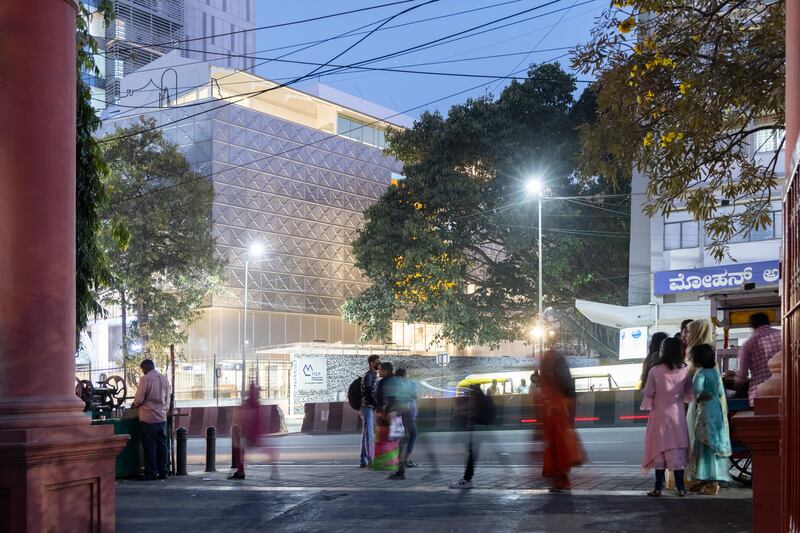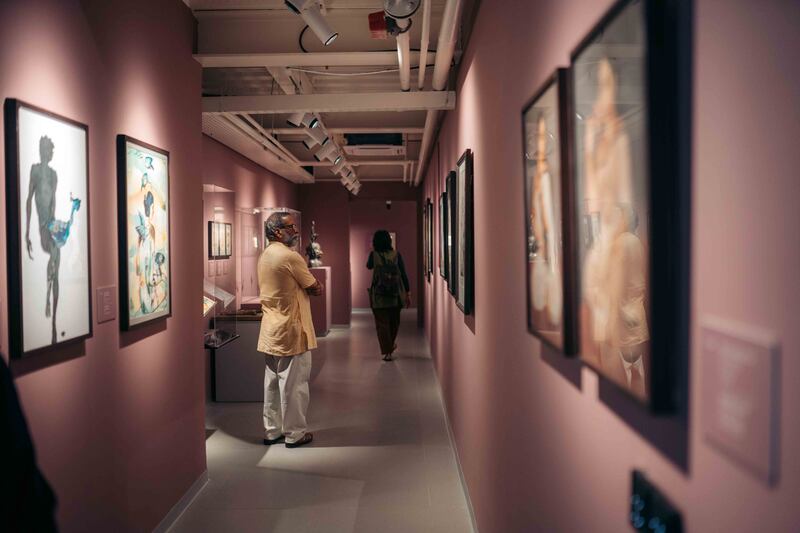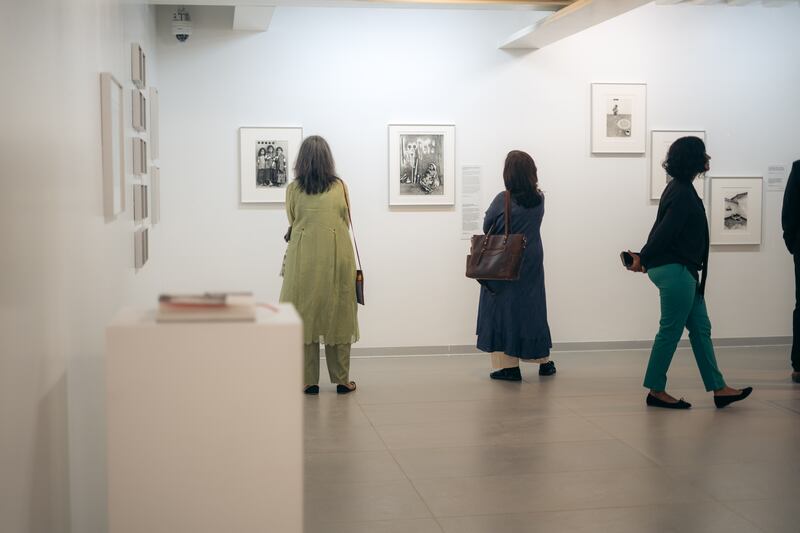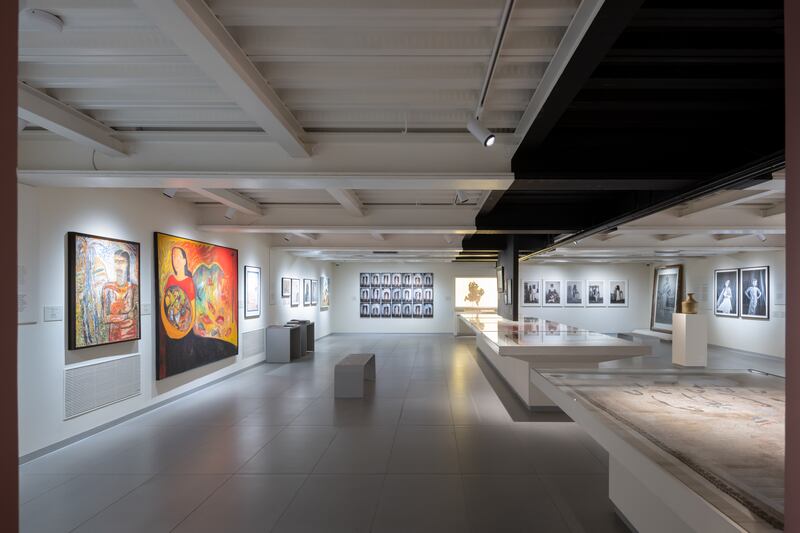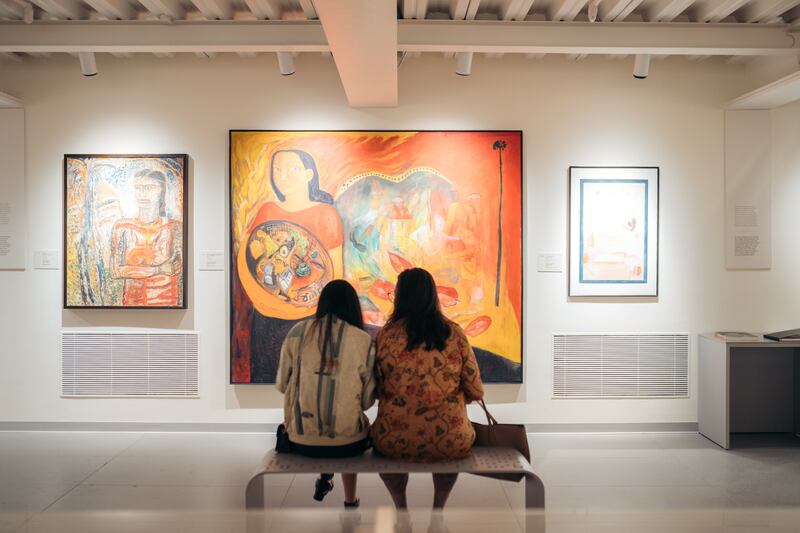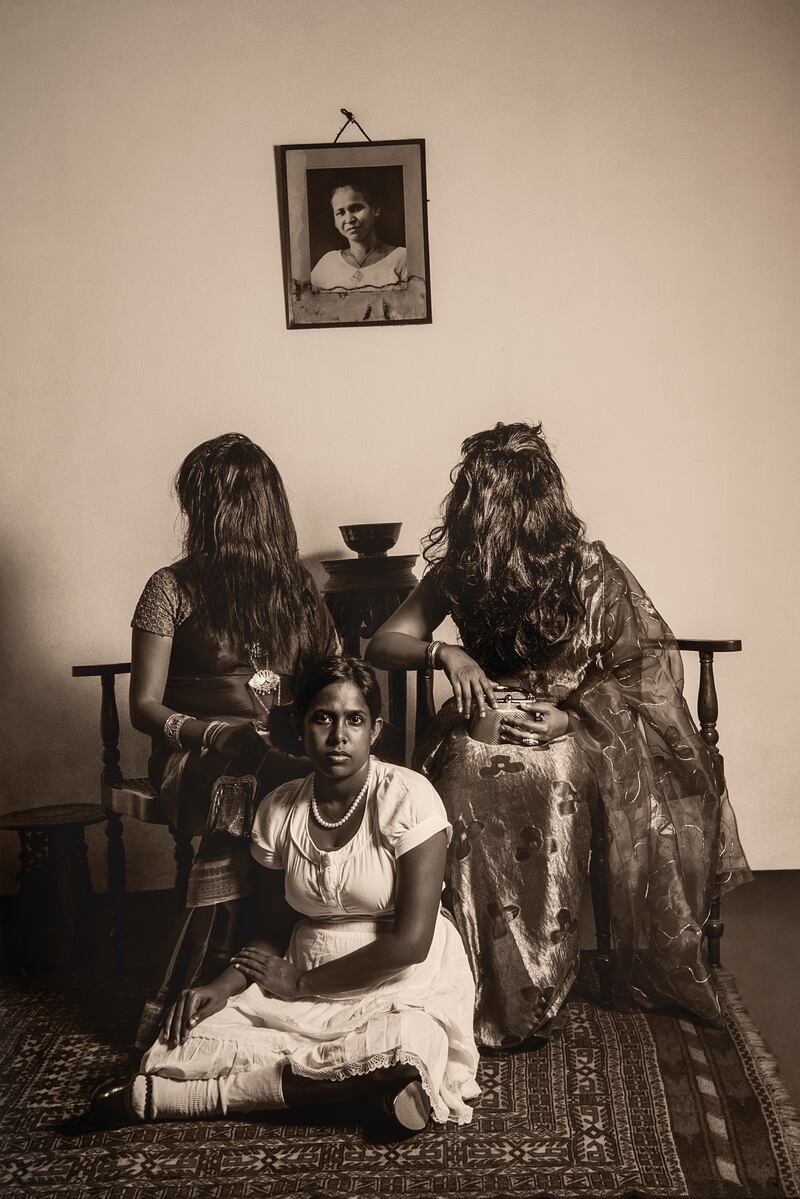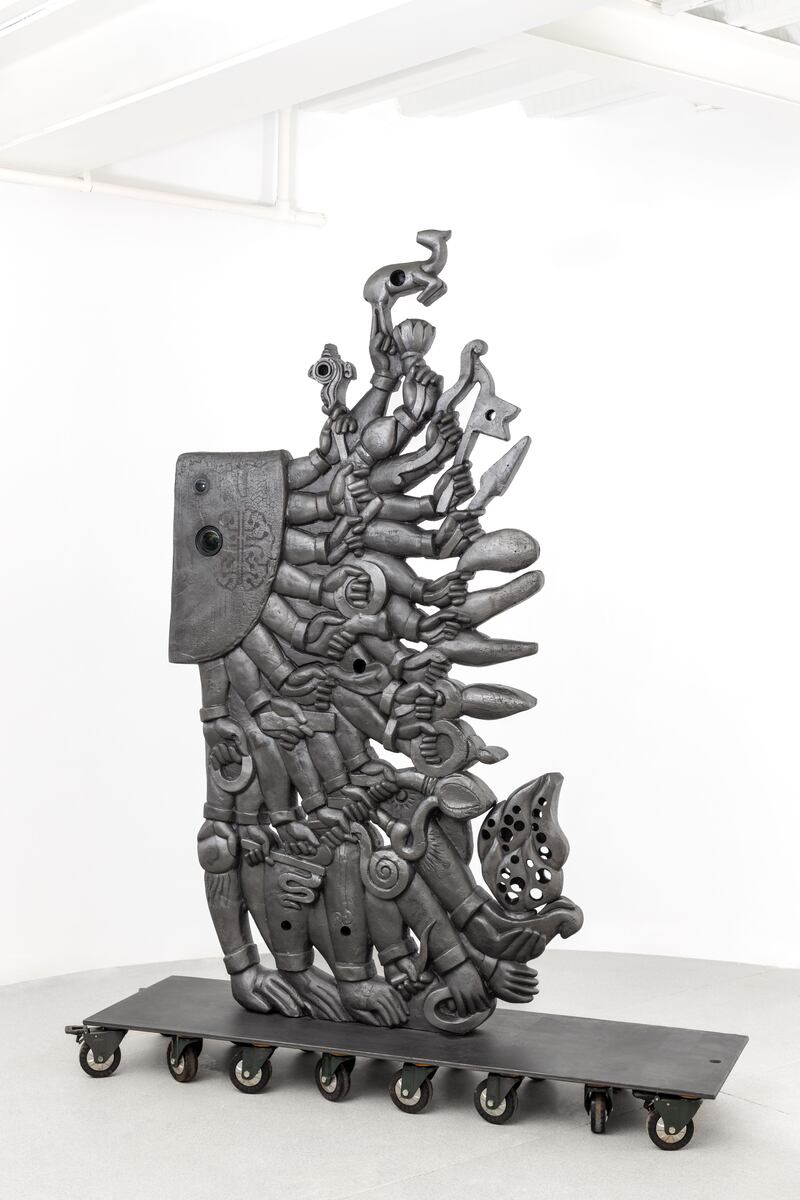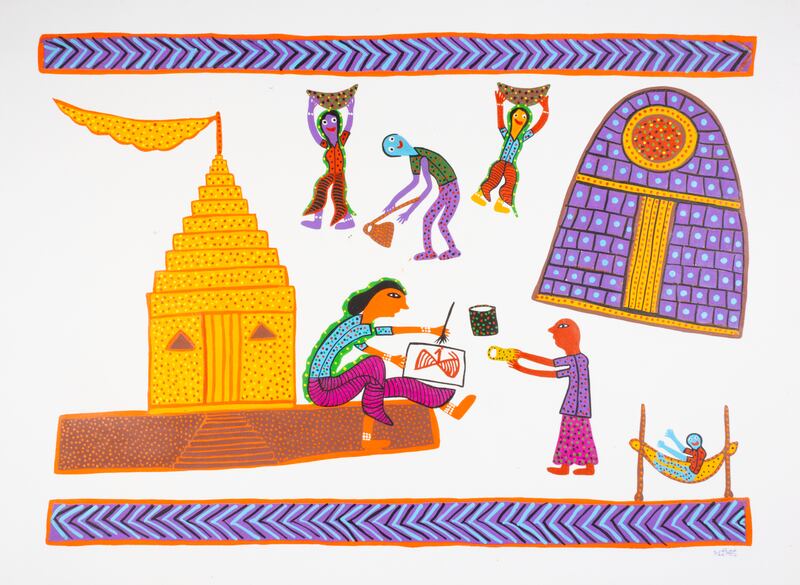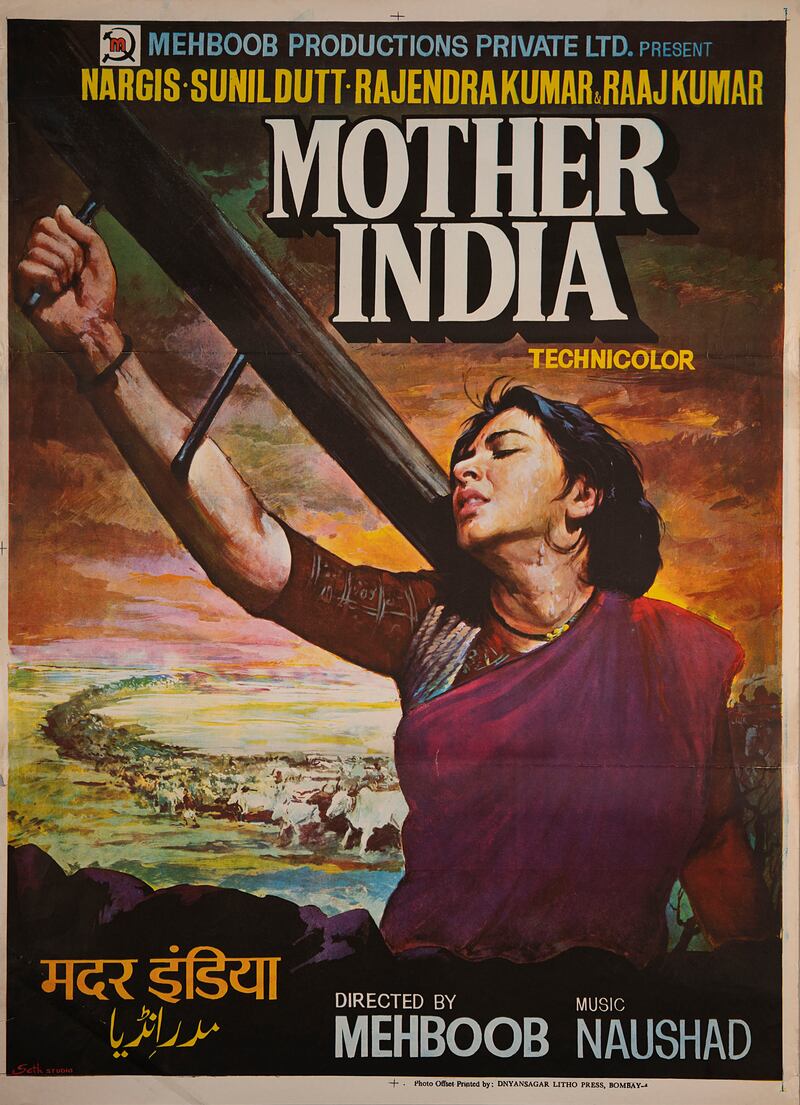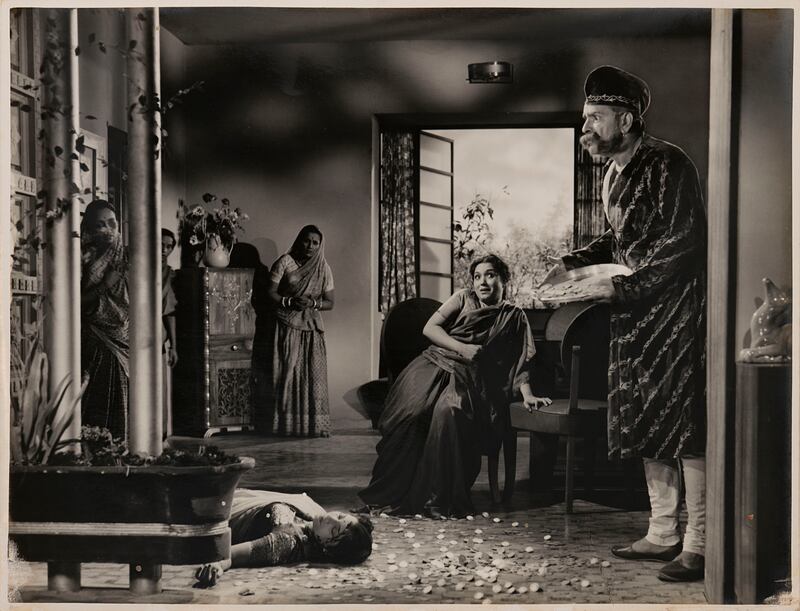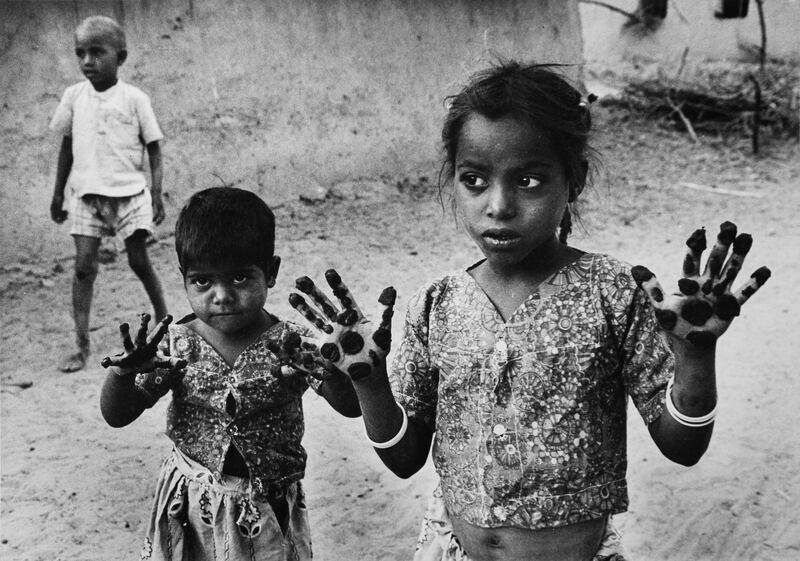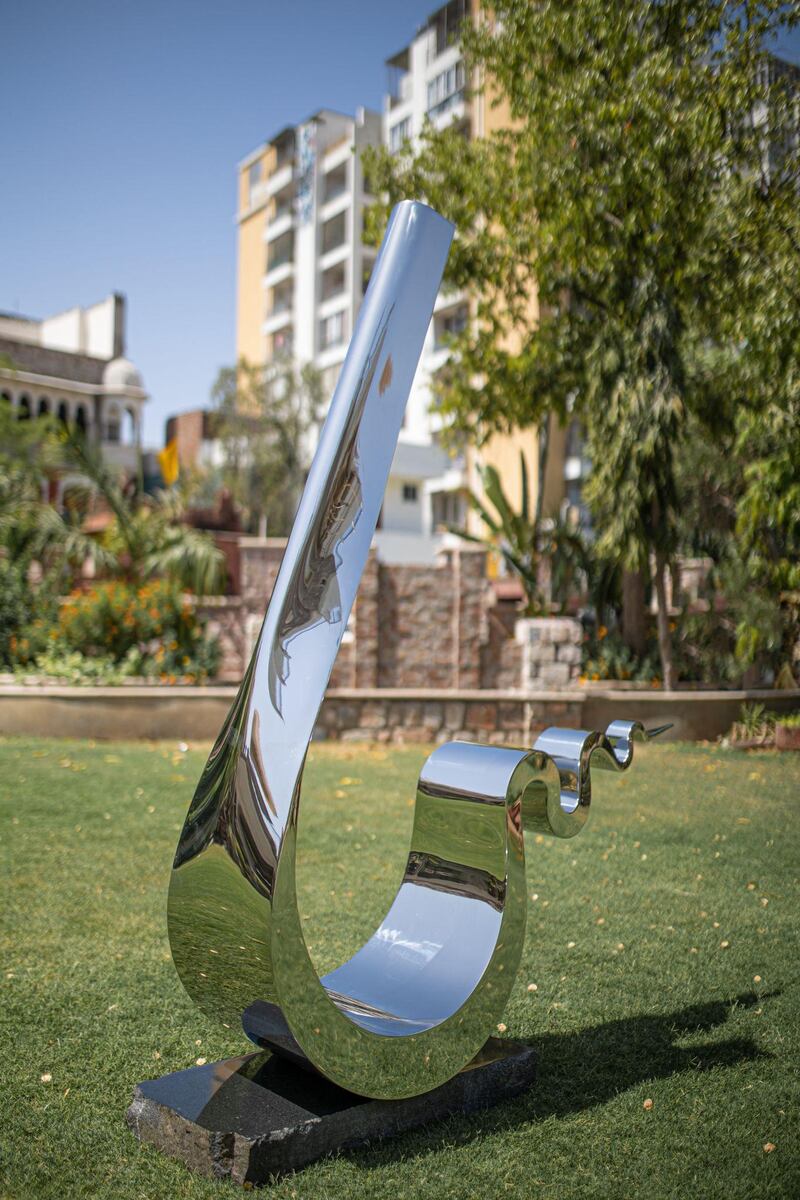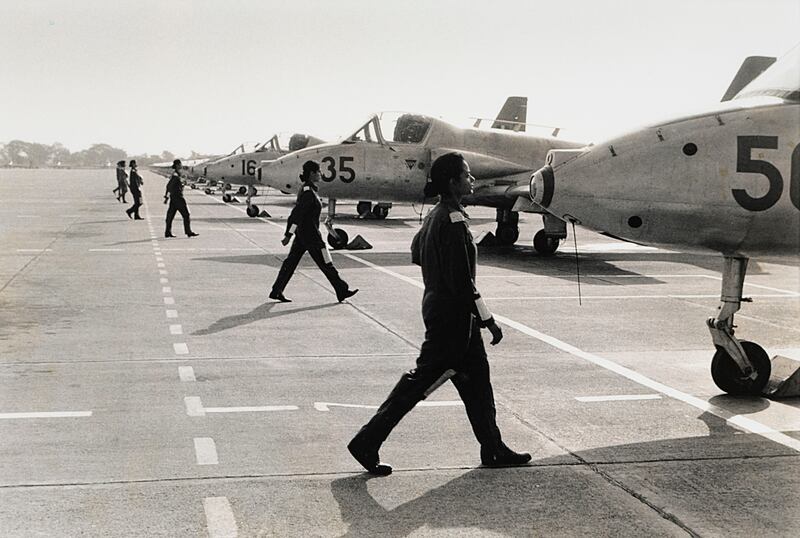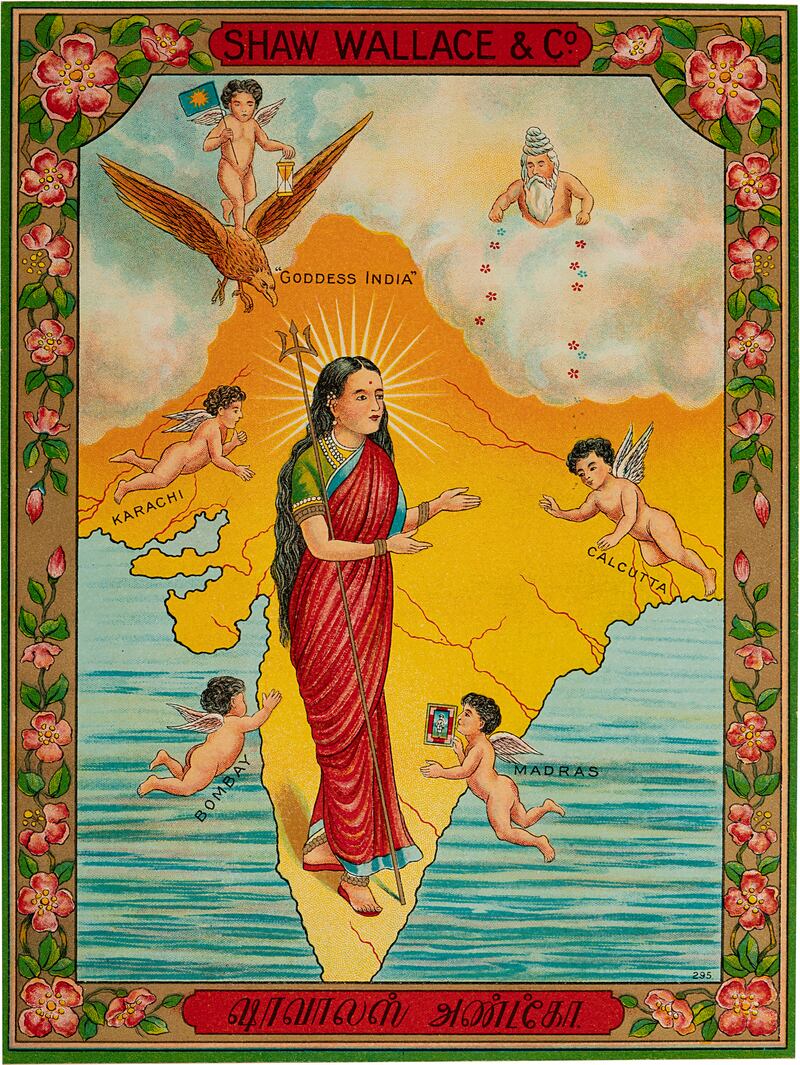Easily identifiable by its water tank-shaped facade, Bengaluru's Museum of Art & Photography — commonly referred to by its acronym Map — promises a refreshing cultural boost to a city otherwise known as the Silicon Valley of India.
Inaugurated this February after a prolonged delay, the privately funded project has been its founder Abhishek Poddar's longtime dream.
"I wished to build a museum, but at the same time wanted to ensure that it doesn't bear our name in order to avoid it becoming just another vanity project," Poddar tells The National. "It was more about making art accessible to everybody and doing it because it was so badly needed in this country," he adds.
Housed in a five-storey building designed by local architect duo Mathew & Ghosh, Map's staggering collection consists of more than 60,000 works encompassing modern and contemporary Indian art, photography dating back to the mid-19th century, ancient textiles, folk art and even Bollywood posters. The art-loving Poddar family's initial gift of about 7,000 paintings and objects from their personal holdings has provided the nucleus for the museum's collection.
The museum marked its opening with four exhibitions, with one in particular designed as a permanent showcase that will continue for the next three years. Drawn from Map's own collection, Visible/Invisible shines a light on the role of women in art and society over the centuries.
Curated by the museum's director Kamini Sawhney, the sprawling show, staged on the top floor, features a compelling cast of female Indian artists such as Arpita Singh, Bhuri Bai, Mrinalini Mukherjee, Rekha Rodwittiya and Gauri Gill.
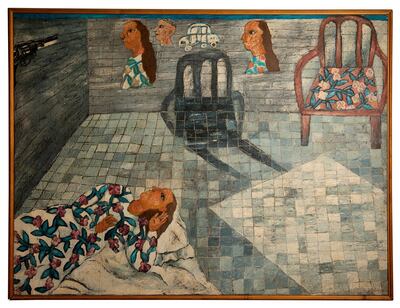
Speaking to The National, Sawhney says: "Visible/Invisible acts as a catalyst for change, urging audiences to rethink preconceived notions that they have inherited about women. It questions existing gender norms and raises the paradox of how visible women have been in the arts and yet, have remained largely invisible in the public domain. The exhibition confronts this violence of invisibility."
Sawhney cites the Indian modern artist Arpita Singh's Shadow of a Chair as one of her favourite paintings featured in the exhibition. It depicts a seemingly cozy domestic scene of a woman lying in a room, gazing dreamily into the distance. A closer peek reveals the menacing presence of a gun in one corner of the painting, hinting at a specter of violence.
Sawhney says the scene is at once beautiful and unsettling. "A domestic space is usually seen as a safe haven for a woman, but is that the case in reality? Incidentally, Arpita Singh's work is also asking the same question that Visible/Invisible has raised."
Most striking are two objects that offer curiously different narratives about social attitudes towards women. One is a poster of the 1950s Bollywood movie Aurat (Woman). Though the title suggests a female-oriented plot, the poster is amusingly taken up by the male actor (Prem Nath) and his macho heroism while the woman (Bina Rai) finds herself as an accessory in her own story.
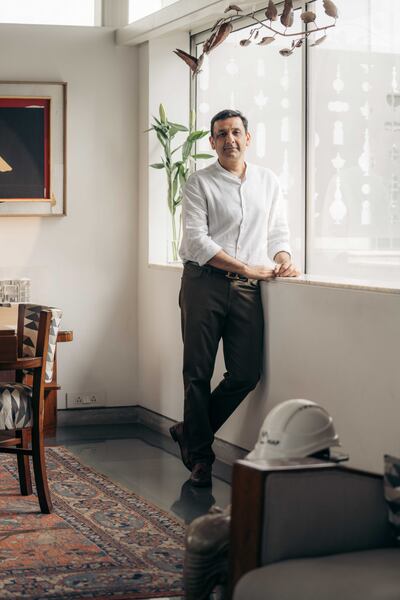
Elsewhere, a Banarasi silk brocade skirt from early 20th century stands out as a remarkable example of women's participation during the Indian independence movement.
"At first glance," Sawhney explains, "the garment exudes affluence and glamour, but look attentively and you'll see maps of undivided India hidden inside the recurring sunflower motifs on the skirt. It speaks volumes about Indian women at the time and their unusual means of protesting and showing their resistance against the British."
The museum also hopes to overturn another narrative with Time and Time Again, on view until July 25. This Nathaniel Gaskell-curated exhibition conveys the importance of the Indian modern artist Jyoti Bhatt's photographic legacy.
Although Bhatt is better known as a painter and printmaker, Time and Time Again spotlights his visual experiments with abstraction and multiple exposure. Poddar, who has been collecting the octogenarian's work for decades, maintains that having a retrospective on him to coincide with Map's launch was an obvious choice.
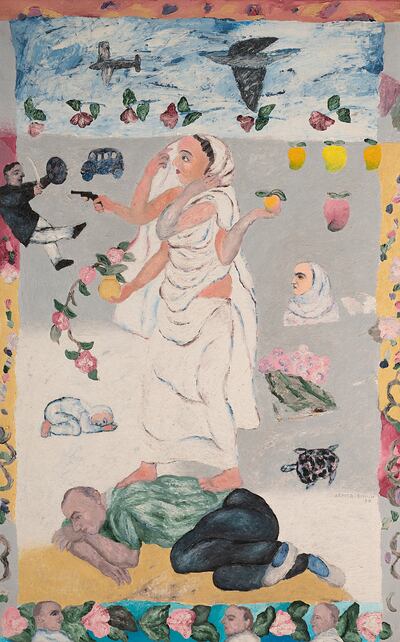
"Jyoti bhai [brother] was also well-versed in portraits and studies," Poddar shares, adding, "We were lucky to receive as a gift almost his entire photographic archive. He even donated all his contact sheets, negatives and diaries, believing that it was finally going to be preserved and find its place in a museum. In a sense, this show is a way to say 'thank you' to his talent, contribution, constant support and friendship."
Apart from the book release, Map has also tapped the acclaimed documentary maker Amit Dutta to direct Bat-Like Devil Chaser with a Top Hat, an experimental take on Bhatt's photography that was recently screened at the Museum of Modern of Art in New York City.
Map's photography category alone has more than 7,000 objects in it, including works by Bhatt, Dayanita Singh, Gill, Raghu Rai and TS Satyan, who is recognised by some as the father of Indian photojournalism. "I am proud to say that we are one of the few museums in India that have pop culture as a crucial aspect of our collection," adds Sawhney. "We felt it was important to reflect mass culture as we are a nation obsessed with movies, advertising and entertainment."
Sawhney, who started her career in journalism with the Indian news channel NDTV and later served as a curator at the Jehangir Nicholson Art Foundation in Mumbai, believes that a museum can be more than just a repository of objects. It needs to be a space of innovation, discovery and enjoyment that is accessible and inclusive.
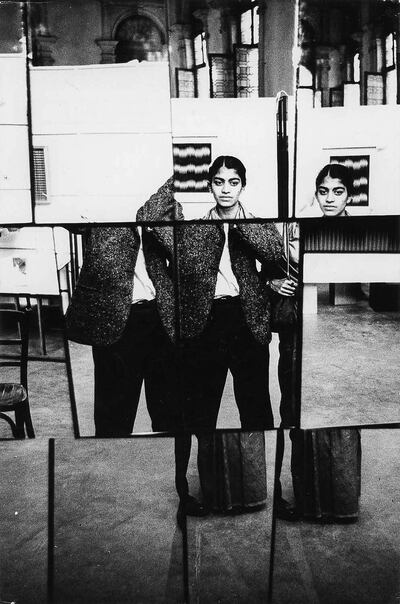
"We joke that in India, we have the most crowded cities, but the emptiest of museums," she laughs. "How do we change that? How can art transform lives and prepare the younger generation for a rapidly changing world? How do we start new conversations that can get people interested in museums? We want to reshape the public's relationship with museums."
Although Bengaluru is universally acknowledged as a hub for start-ups and tech companies, it is not a very cultural city. "I hope every city becomes a cultural centre," Poddar suggests, rather wishfully. "For example, there was a time when Ahmedabad and Kolkata were considered important cultural destinations in India. Kolkata had a vibrant music scene in the 1970s and '80s. Even today, Chennai has dance and music concerts during winter," he adds.
Poddar, 55, grew up in Kolkata and enjoyed an upbringing that was just "a little bit more cultural than the average Indian family". Though his father Bimal Poddar's main interest lay in music, paintings by Satish Gujral and Bikash Bhattacharjee were an equally integral part of his childhood.
Poddar, who currently serves as the managing director of Matheson Bosanquet, a family-run tea business with operations predominantly in the southern states of India, was a teenager when he became interested in the art world. During the time, he forged close friendships with major artistic figures such as Manjit Bawa, MF Husain and J Swaminathan and also acquired their works.
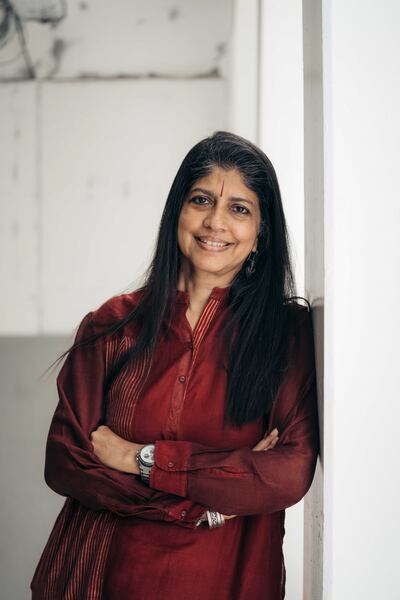
Before establishing Map, Poddar managed the Tasveer Art Gallery in Bengaluru that specialised in photography and was part of a private-public partnership aimed at revitalising the Venkatappa Art Gallery, devoted to the pioneering local artist K Venkatappa. When the proposal failed to materialise, Poddar decided to embark on his own venture. In early 2017, he auctioned off some of his family art collection to purchase the plot of land on which Map sits today. Sawhney was hired shortly afterwards in 2019.
As an art world insider, Poddar knew the monumental challenges that setting up a museum would entail. But the most surprising of all hurdles came in the form of Covid-19. Impressively enough, despite the unpredictability posed by the pandemic, Map was able to quickly adapt and proceed with its digital debut in December 2020.
The nationwide lockdown provided a window for the museum to focus on its online database. Looking back, Poddar describes the struggle as "worth it". Yet, he says nothing can trump the excitement of seeing more than 7,000 visitors scrambling to get a look at the various exhibitions in the opening week. "That was a magical sight," he admits. "It was something that I didn't expect but exactly what I had hoped for."
